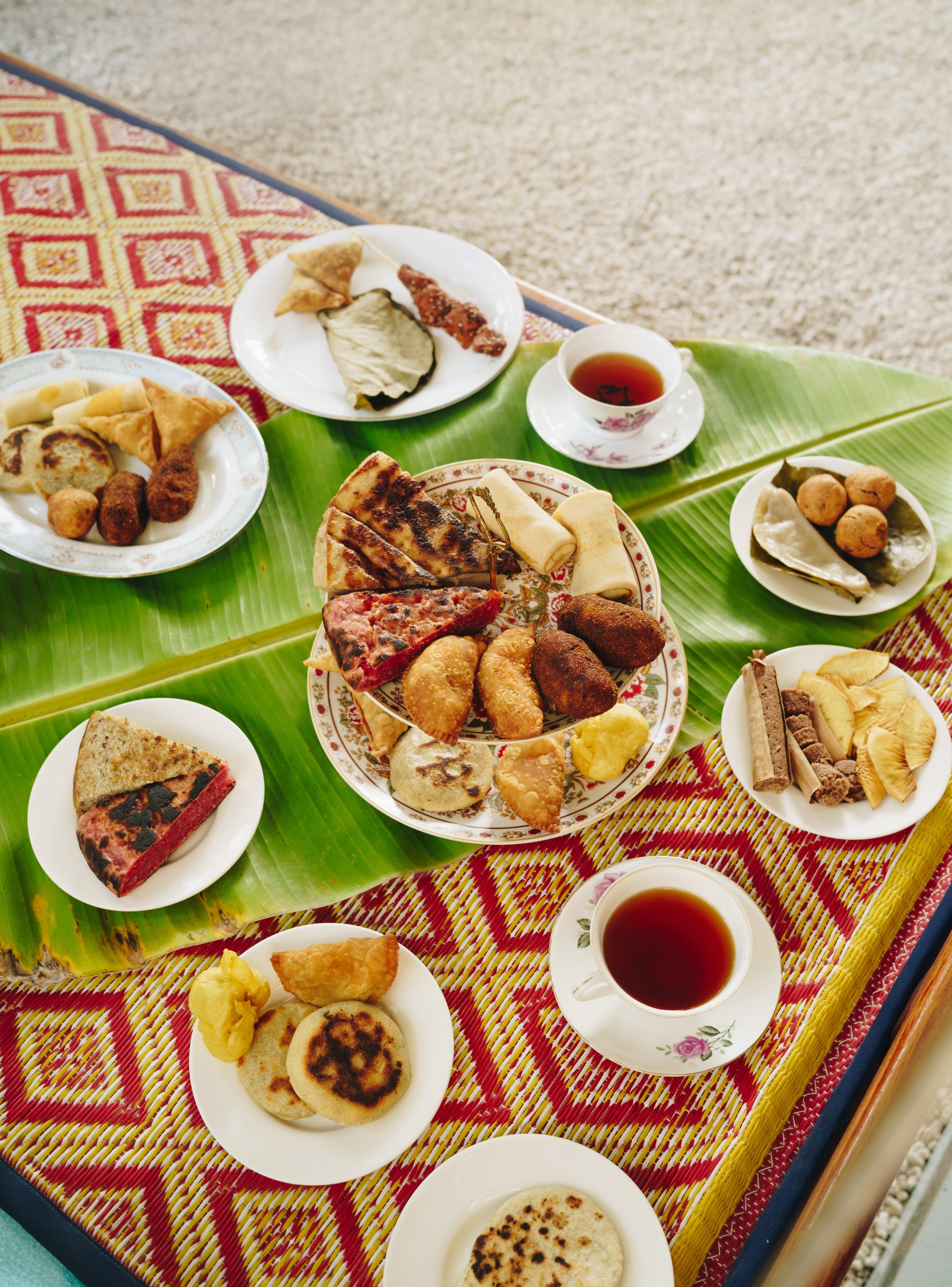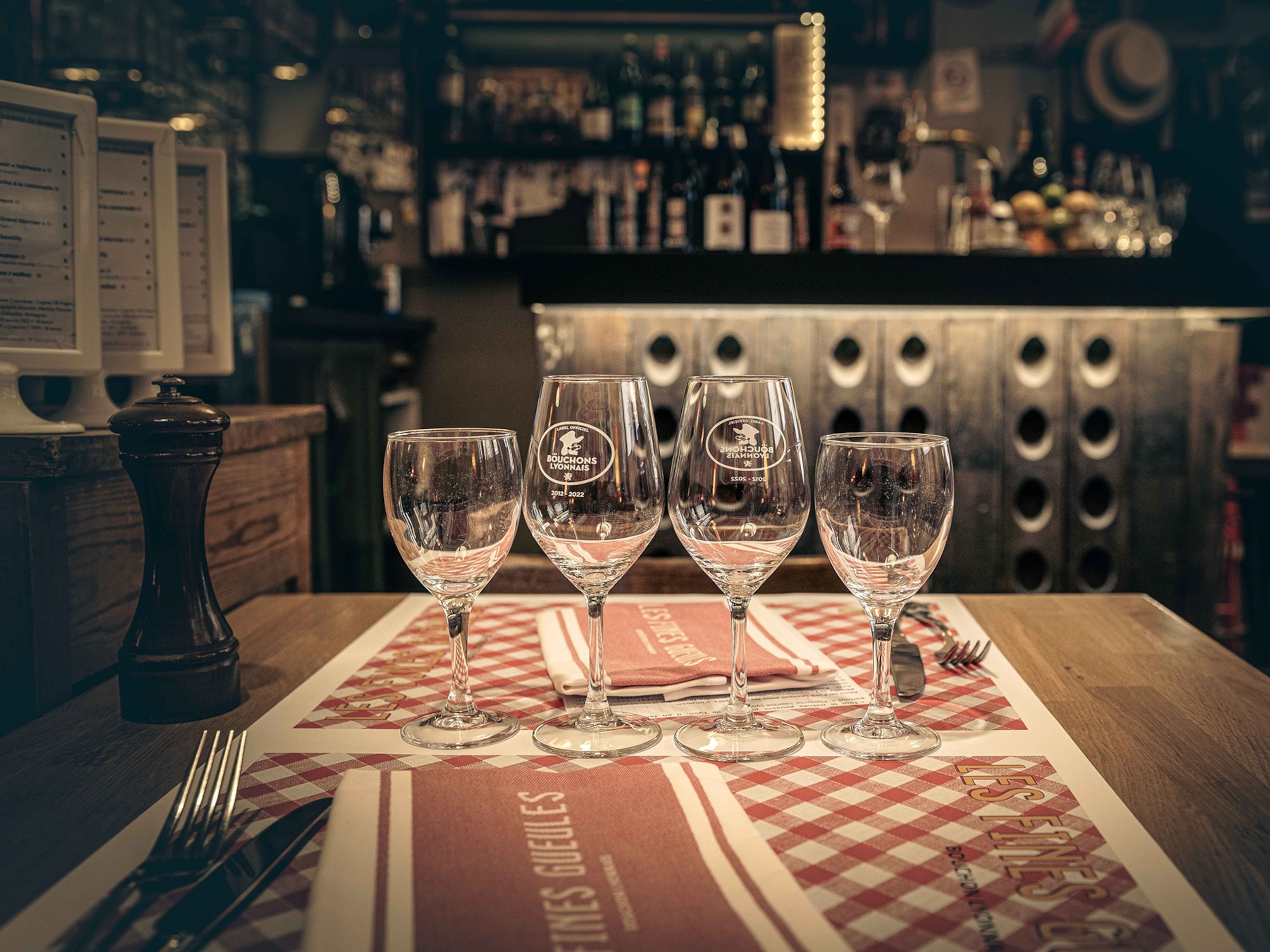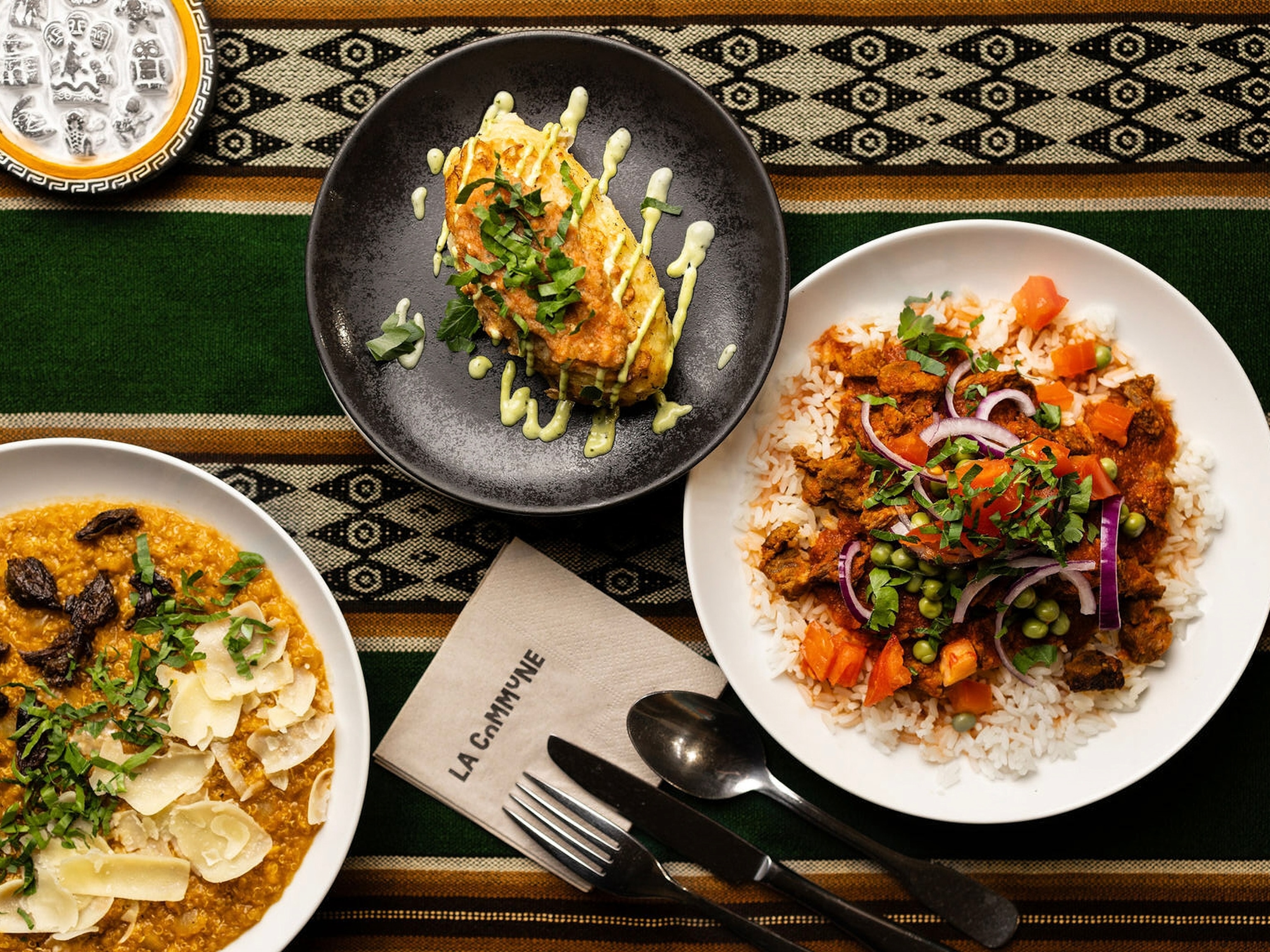
Five unmissable dishes that define the Maldives
The rich culinary landscape of the Maldives is underpinned by a commitment to fresh seafood, restorative curries and wholesome dishes created using local produce. From fragrant garudhiya to sweet handulu bondibai, here are five dishes to try.
The Maldives may have rightfully gained a reputation for ridiculously idyllic escapes, but its culinary landscape is also making waves with travellers. Seasonality is a given, and flavours and inspiration have been plucked from India, Sri Lanka and eastern Asia, the result of ancient trade routes between the Maldives and its neighbours.
Grown on swaying palms, coconut is king in Maldivian cuisine, and home cooks grate and shave the meaty flesh, transforming it into coconut milk for bubbling creamy curries, mopped up with chapatis, and into oil for deep-frying thick shards of breadfruit. Hauls of seafood caught that day are barbecued and basted in chilli; hunks of tuna, wahoo and mahi-mahi crop up in curries and lime-spiked soups; and trimmings are bundled up in fishcakes or stuffed into pastries to keep waste to a minimum. Here are five traditional dishes to try.
1. Garudhiya
This fragrant fish soup is a favourite during winter, when it’s often poured into bowls from bubbling pots by street vendors. The base is a restorative clear broth, flavoured with ginger, garlic, black pepper and a squeeze of lemon juice, with fresh chunks of yellowfin tuna or skipjack, as well as chilli and grated coconut. It’s often fleshed out with steamed rice or mopped up with torn pieces of roshi — the Maldivian chapati that’s soft on the inside and crispy on the outside. To try this nourishing soup, visit one of the restaurants on the laid-back island of Kelaa in the north of the Haa Alif Atoll.
2. Kukulhu riha
A delicious curry isn’t hard to find in the Maldives. And although fish lays claim to most large plates, kukulhu riha arrives with gently braised chicken in a terrific coconut-based sauce, delicately spiced with curry leaves, cardamom and a handful of fiery scotch bonnets. Bulked out with steamed rice, it’s also eaten with a roshi and washed down with a glass of lime juice and soda. Head to the tiny isle of Omadhoo — a dozing fishing village — in the North Ari Atoll and nab a table at one of its local cafes for standout chicken curries.

3. Masi huni
Masi huni is a classic Maldivian breakfast of finely shredded smoked tuna, grated coconut, lemon and chilli, all scooped up with a roshi. It’ll keep you full all morning. The dish is commonly found in back-to-basic guesthouses on some of the smaller islands, such as Fuvahmulah in the deep south, and dished up with fervour across Malé. There’s also a veggie version, with chunks of caramelised butternut squash or roasted pumpkin, which will set you up for a day of adventure.
4. Handulu bondibai
This Maldivian rice pudding is often served during Eid or a baby’s naming ceremony. Rice is cooked in coconut milk and water, with the addition of fragrant pods of cardamom, pandan leaves and sugar, before being taken off the heat, at which point a few drops of rosewater are added. The result is sweet and sticky, pulled into balls by diners with a side of smoked fish. You’ll find them across the archipelago, though make a beeline for Maafushi Island, a short hop from Malé, and to its enclave of cheap and cheerful restaurants.
5. Kulhi boakibaa
The Maldives has its own take on tapas or ‘small eats’, and these fishcakes are representative of those bites. Cooks make them from ground cooked rice and tuna, adding plenty of grated coconut, turmeric powder, grated ginger and curry leaves, binding it all together into one large circular, pancake-style fishcake before baking until golden brown. Once turned out of the oven, these crisp-edged savoury fishcakes are cut into slices and washed down with black tea, known locally as kalhu sai. For a bona fide kulhi boakibaa, head to one of Malé’s tea shops, always bustling with an appreciative crowd.
For more information, see visitmaldives.com
Published in the December 2022 issue of National Geographic Traveller (UK)
Sign up to our newsletter and follow us on social media:




